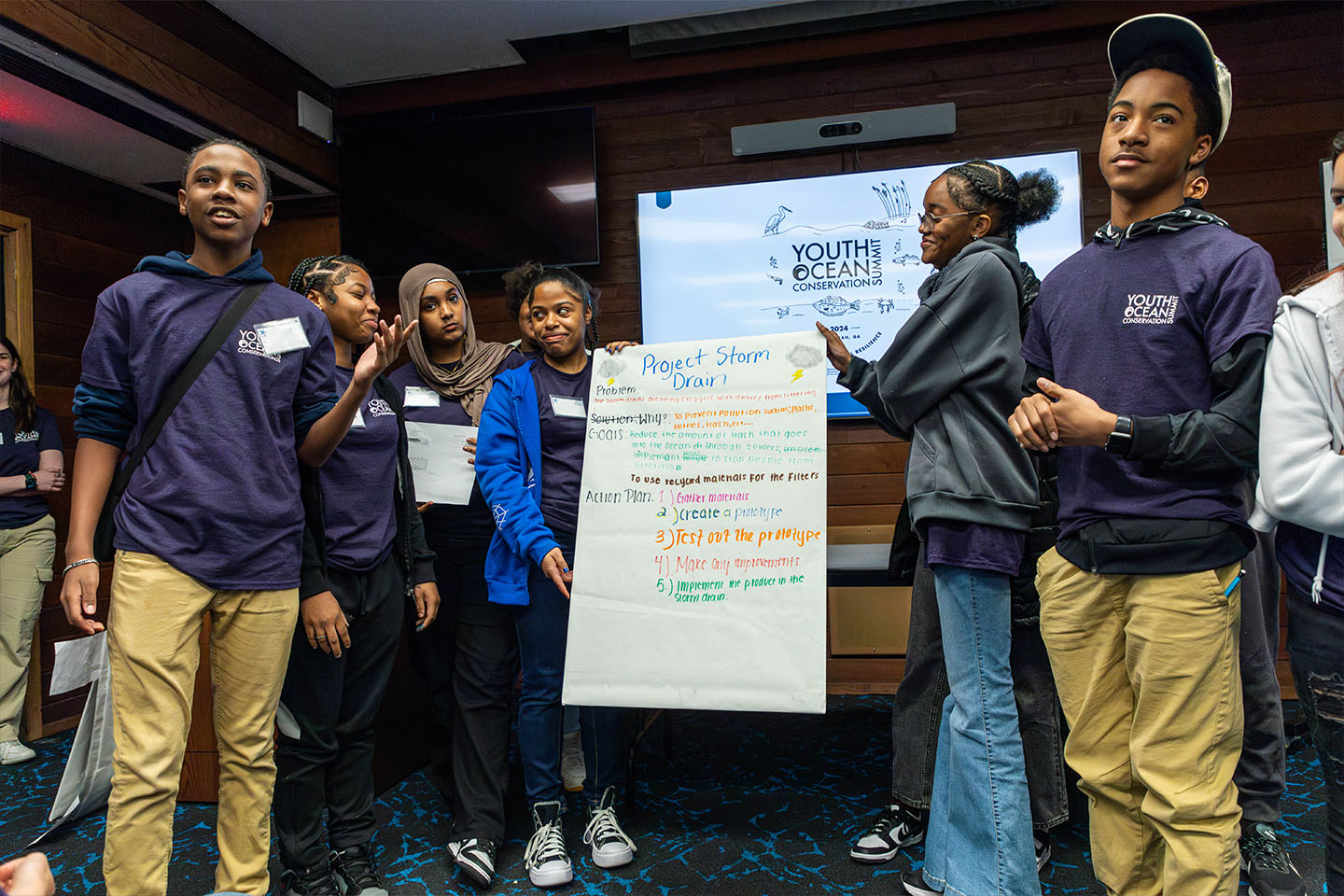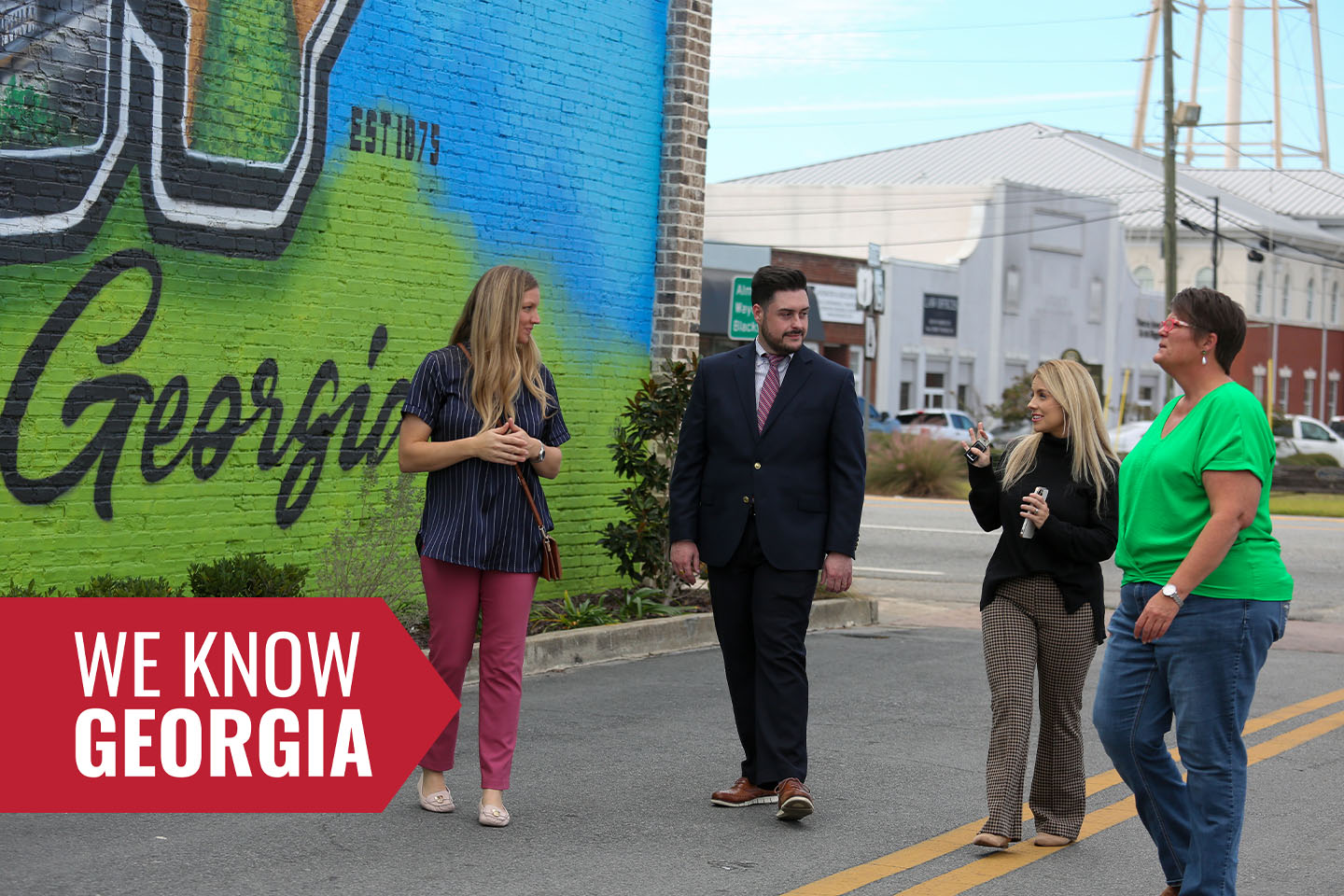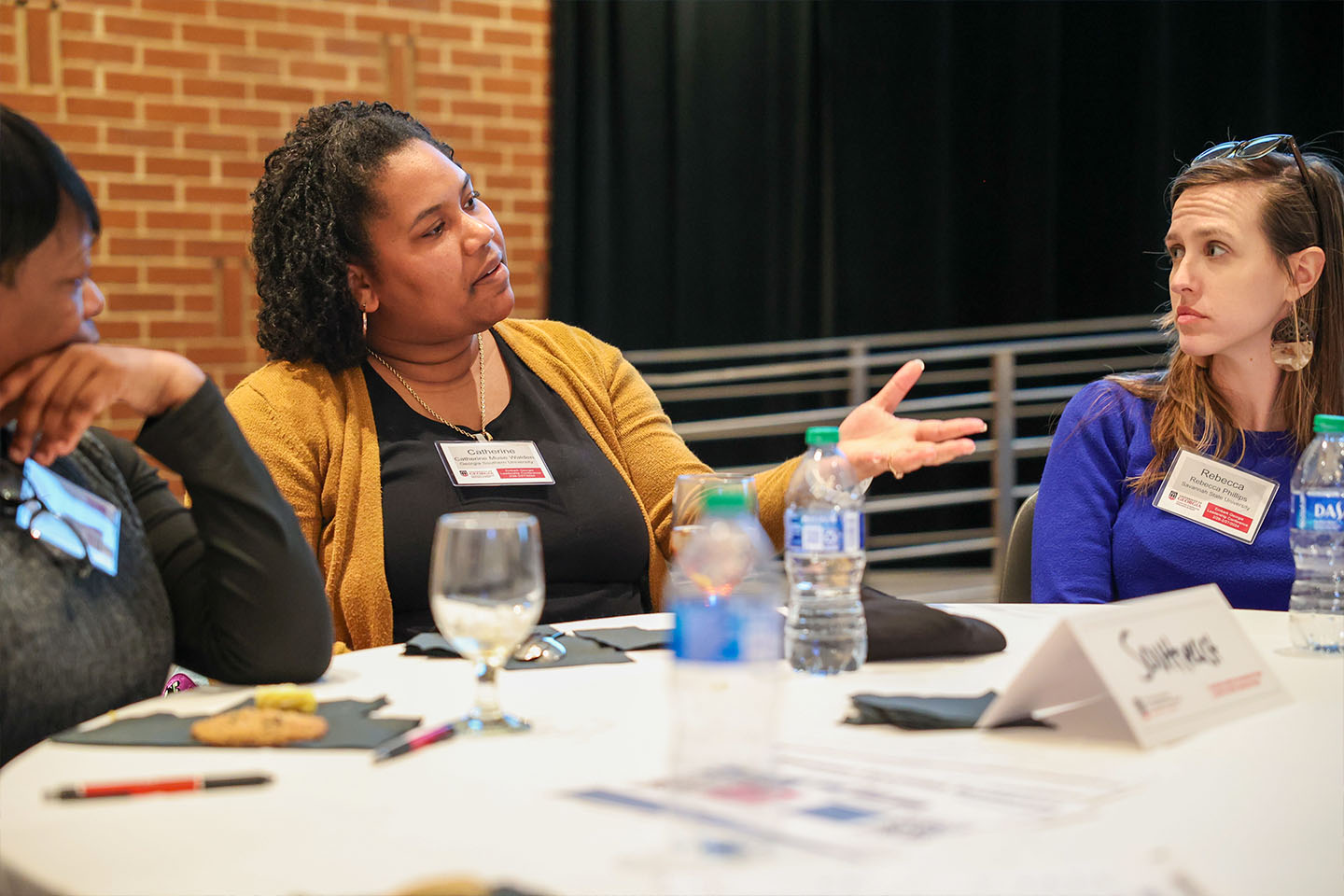After 45 years as an independent research facility, Skidaway Institute of Oceanography went to the Dawgs earlier this month. The Georgia Bulldogs, that is.
The merger of the Skidaway Institute of Oceanography with the University of Georgia, effective July 1, was initiated by the state Board of Regents to streamline operations.
The institute’s mission remains focused on research, said Jim Sanders, Skidaway’s executive director. But now it has a heavier teaching mandate, too, with special emphasis on beefing up ties to local universities, as well as building new links with other schools including the University of Georgia and Georgia Tech.
For many locals, the changes will be hard to detect. UGA already has a strong presence on the Skidaway Institute campus. The UGA Marine Extension Service Aquarium provides educational programs for approximately 18,000 students annually. The Marine Extension Service Shellfish Laboratory is also located on the Skidaway campus.
The Skidaway Institute, recognized internationally for research ranging from global warming studies in the Arctic to analyses of estuaries in Brazil, sits on a 700-acre campus on Skidaway Island. It employs 13 faculty members and hosts graduate students and visiting researchers. It previously operated as an independent unit within the University System of Georgia.
Early scientists still active
Skidaway’s first scientist, Herb Windom, arrived on the island by boat in 1968 and commuted daily from his home on Isle of Hope until a bridge was built a few years later.
There’s irony in that because the land and original buildings of the marine institute once belonged to Robert C. Roebling, great grandson of the designer of the Brooklyn Bridge. Roebling donated the property, which he had developed as a cattle farm, to Georgia in 1967.
Windom, who went on to become Skidaway’s director for 20 years and is still active as an emeritus professor, said Skidaway was ahead of its time with a grant-funded program that focused on pollution.
“It was one of the first recognitions that we ought to be looking at the contamination of the ocean by man,” he said.
And where other marine institutes focused on biology, Skidaway hired many physical scientists — Windom is a marine geochemist — putting an emphasis on the chemistry, geology and physics of the ocean and how those interplay with marine plants and animals.
Dick Lee, who has worked at Skidaway since 1973, is a marine biologist with undergraduate and master’s degrees in chemistry. Another emeritus professor, Lee for decades has studied the fate of petroleum products in the oceans, revealing among other things that mussels can take up those compounds.
Sanders is optimistic that Skidaway scientists will continue unhindered in their research now that the institute is part of UGA.
“Our value to the state and to UGA is as a premier research institute,” Sanders said. “That’s going to be our draw for students as well.”
While the focus will remain on research, Skidaway will begin to add more educational offerings. Don’t expect your typical Oceanography 101 class, though.
“We’ve always done research-based instruction whether graduate student mentoring or internships or field courses,” he said. “I think you’ll just see that kind of thing increased.”



